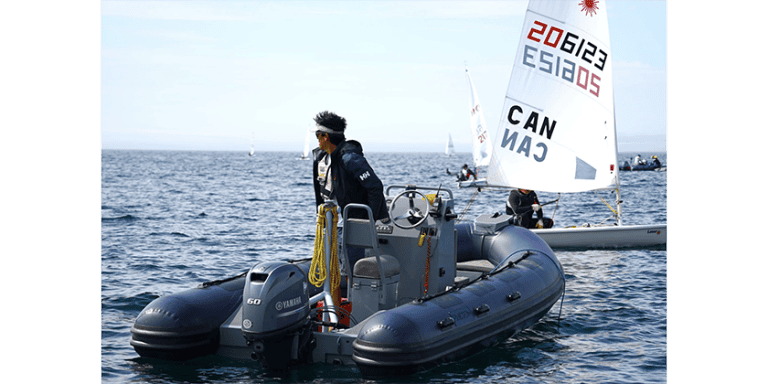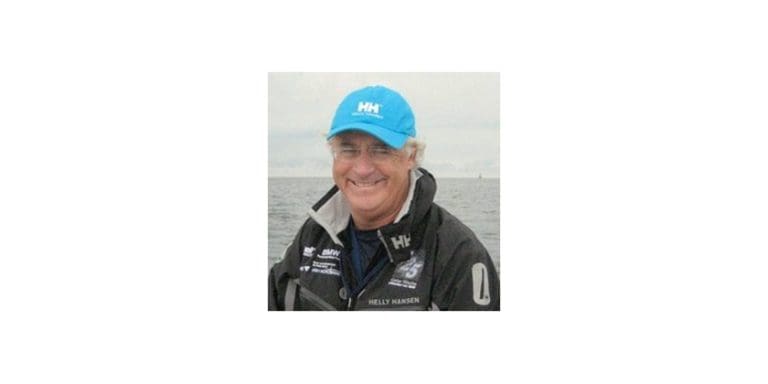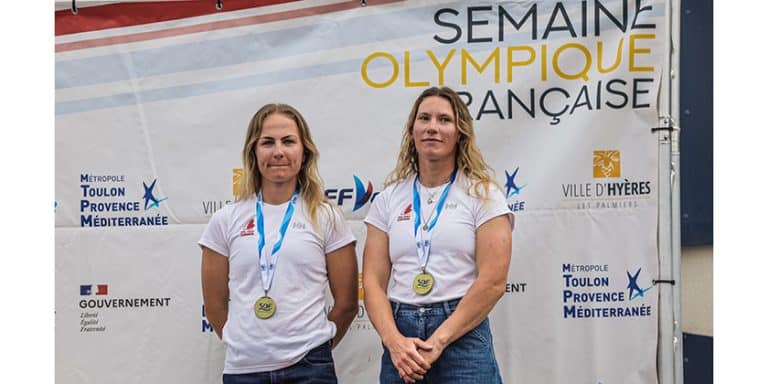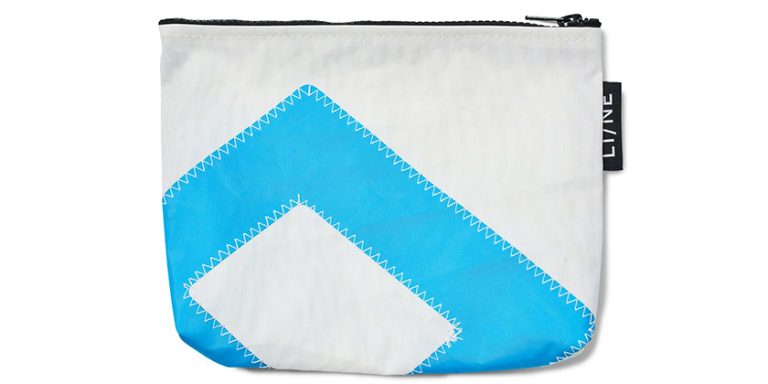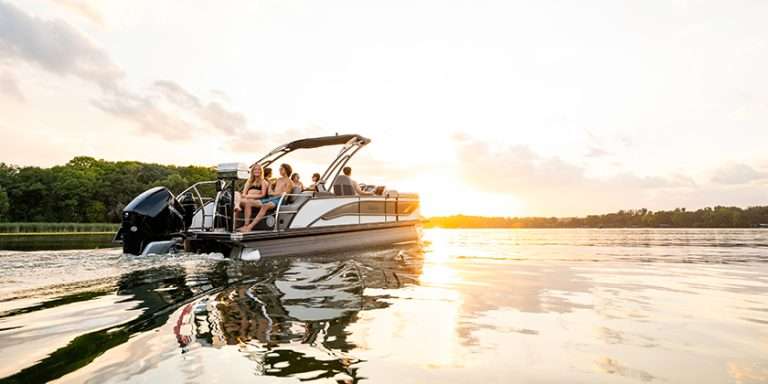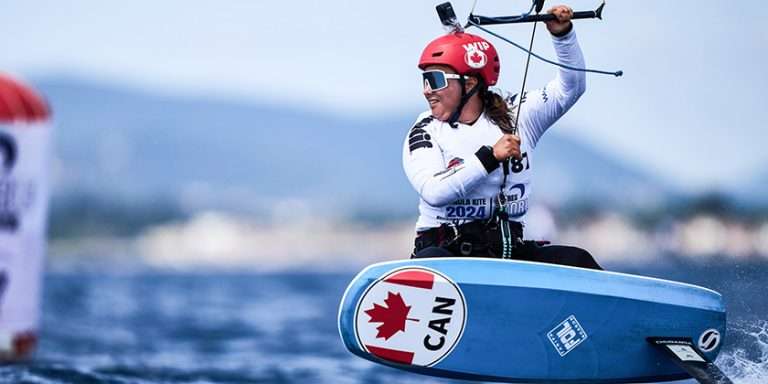Canadian Yachting Association Rebrands as ‘Sail Canada’
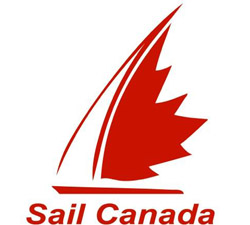
Canadian Yachting Association (CYA) has recently rebranded itself as ‘Sail Canada’. Canadian Yachting Magazine interviewed Sail Canada’s President, Alan Lombard, and Executive Director, Paddy Boyd, to learn about this change, how it fits in with the organization’s strategic plan and how it benefits Canadian boaters and sailors.
Canadian Yachting (CY): The move to rebranding CYA as Sail Canada is a big one. What was the catalyst for this change?
Alan Lombard (AL): The rebranding of CYA to Sail Canada was largely an effort to better represent all of the different vessels and sailing levels encompassed by the organization. In addition to that the new name is more easily recognizable and resonates with sailors of all ages and abilities.
Paddy Boyd (PB): The move reflects not only how the sport is known internationally but also responds to suggestions at successive AGMs that we should identify more closely with the actual on the water activities of our members
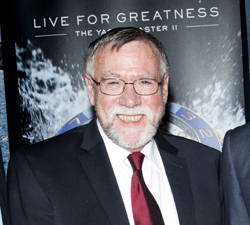 CY: What is Sail Canada doing differently now than it did four years ago
CY: What is Sail Canada doing differently now than it did four years ago
AL: Big changes to Sail Canada over the past four years are very much a credit to the work of my (Alan Lombard’s) predecessor, Gerry Griffin. The Board changed its format to an oversight board, allowing its members to think more strategically and having to focus less on day-to-day operations. The Board has worked hard, in partnership with Executive Director Paddy Boyd, to balance the organization’s budget and take strong steps to restore Sail Canada’s financial health.
Additionally there have been dramatic changes to the training program. The whole system has been replaced by a nationwide CANSail program [www.sailing.ca/sailor_development/long_term_athlete_development_framework/]. This program offers a unity of class levels, instructor and student training, skill development and equipment defining. The paths and progression of the program are more clear and allow every club, from small to large, to implement the same quality of programming nationwide.
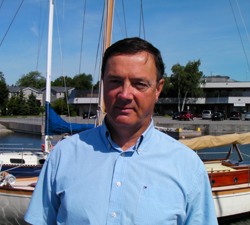 PB: In High Performance we have increased the professional support staff and through them we are moving towards a coach led/athlete centred system
PB: In High Performance we have increased the professional support staff and through them we are moving towards a coach led/athlete centred system
CY: The new slogan of the old CYA was sailing for life sailing to win … will that continue as part of the positioning moving forward?
AL: “Yes it will continue; it absolutely describes what we do and consider important.”
PB: “Absolutely – our wonderful sport is one that can be practiced by all ages at all life’s stages be it as a competitor, a cruising sailor or just simply messing about in boats. That statement captures the all-embracing aspects of sailing.”
CY: Can you explain the partnership between the national and provincial sailing organizations?
AL: The national and provincial sailing organizations are very much dependent upon each other as partners in order for Sail Canada to grow and strengthen. The national body sets standards and develops programs while the provincial level implements those programs. The two levels are very much integrated and work together to provide standards, manuals, programs and training. Learning facilitators train instructors who will take a uniform standard of teaching to all areas across Canada. Uniformity of teaching is the goal.
PB: Provincial Sailing Associations are the link between the clubs and their members, and Sail Canada. They organize the appropriate development and regulation of the sport within their province while Sail Canada deals with the Federal sports agencies and international organizations, establishing standards for the country as a whole. A good cooperative relationship between the National and Provincial organizations is fundamental to the health of the sport.
CY: What are the four and eight year plans for the high performance team?
AL: Sail Canada always speaks in terms of quadrennials while it keeps the Olympics in mind but the plan for the high performance team is more of an eight year than a four year outlook. There is a downloadable document available that outlines the strategic plan [www.sailing.ca/about/strategic_plan/]. “We need to rebuild and go intensively into development of coaches, athletes and clubs as we work at finding young athletes and building them. Moving forward, the cultivation of an infrastructure that supports a strong Olympic effort is the focus of the new approach. “
Strategies to support the new approach include:
• Concentrating efforts on a smaller number of classes of sailboats
• Developing a high level of discipline as a team effort. Training, development and growth will be done as a team for both teams and individual competitors.
• Adopting a North American approach to competition. Partnering with United States and Caribbean sailing competitors will allow more training and competition opportunities.
• Placing a heavy emphasis on partnership of all interested parties, including current and potential funders. More collaboration of resources, ideas and support will promote the strengthening of the new approach.
PB: Earlier this year, prior to the Games, we started preparing the strategies that aim to bring Canadian sailors to the Podium. A key element of this is to build a sustainable system along with our provincial partners and clubs that encourages talent identification and the nurturing of that talent through club and province to the national team. This involves strengthening the national coach pool, integrating sports science and providing clear pathways to the podium, all of which is currently in hand.
CY: Canada has in the past had a tremendous reputation at ISAF, most recently with Canadian Paul Henderson as ISAF president. What’s being done to restore our leading position there?
AL: The latest meeting of the International Sailing Federation (ISAF) was held in Dun Laoghaire, Ireland. The Canadian delegation was well represented in all areas. “What impressed me was how hard the current group worked and how diligently Canadian they were. Efforts to restore our leading position within the ISAF are succeeding by acquiring a lot of influence by being a fair minded, medium sized, neutral delegation. ” An example of this approach was noticeable when the Canadian contingent made the effort, as a group, to privately interview all candidates running for president of the organization. This was well noticed and appreciated. This balanced, respectful and considered approach will serve Canada well in retaining its leading position with the ISAF.
PB: Big boots to fill! We have a dynamic team of volunteers contributing to ISAF governance, and have been positioning Canada, particularly in the recent ISAF elections to play leading roles in the world body. Canada is also active in bringing together the nations of the Americas, to protect our interests at ISAF.
CY: Yacht Clubs are the key to sailing in Canada for the most part. What are you doing as Sail Canada moves forward to engage these sailors and what does Sail Canada do for the average club sailor?
AL: Sail Canada believes that the wide use of public service announcements, communication with yacht clubs nationwide, strengthening of infrastructure and uniformity of programing all contribute to increased engagement of sailors within the yacht clubs. For the average sailor there are opportunities to take advantage of the high quality of instruction at all levels, insurance programs and regattas, to name a few benefits. Yacht clubs need young sailors so that they will have future members. Sail Canada is providing a lot of behind the scenes support that invests in and encourages sailors of all ages and levels.
PB:
• Perhaps the most visible interaction that Sail Canada has with its members is in the area of training, and much of our membership engages through Sail Canada instructors and coaches. This is not only at junior learn to sail level but in cruising and officiating as well. Currently our database holds names of 1,200 trained individuals. We continue to develop our training products to meet the demands of the modern world.
• We lobby on behalf of sailors at a number of organisations involved in regulating our activities – ISAF would be an obvious one, but we also work for sailors interests at Transport Canada, Coastguard, and international bodies as well.
• Racing Rules and access to appeals and protest process
• We have negotiated favourable discounts for members with a number of suppliers, particularly in the insurance area.
• We have a number of programs supporting the financial side of sailing such as receipting, and a Boat Loan fund. For example, if a small yacht club needed to update its junior boats the club could turn to the local community to fundraise the necessary dollars. Sail Canada issues tax receipts to those donating the funds and then hands the dollars directly over to the club.
• Providers of the National Sailing Awards – coming up in January are the Sail Canada Rolex Sailor of the Year Awards, to be held in Toronto during the Toronto International Boat Show.
PHOTO CAPTIONS
PHOTO 1: Sail Canada Logo – The handsome and distinctive new Sail Canada logo should give the association a boost in brand recognition.
PHOTO 2: Alan Lombard, Sail Canada’s President
PHOTO 3: Sail Canada Executive Director, Paddy Boyd

